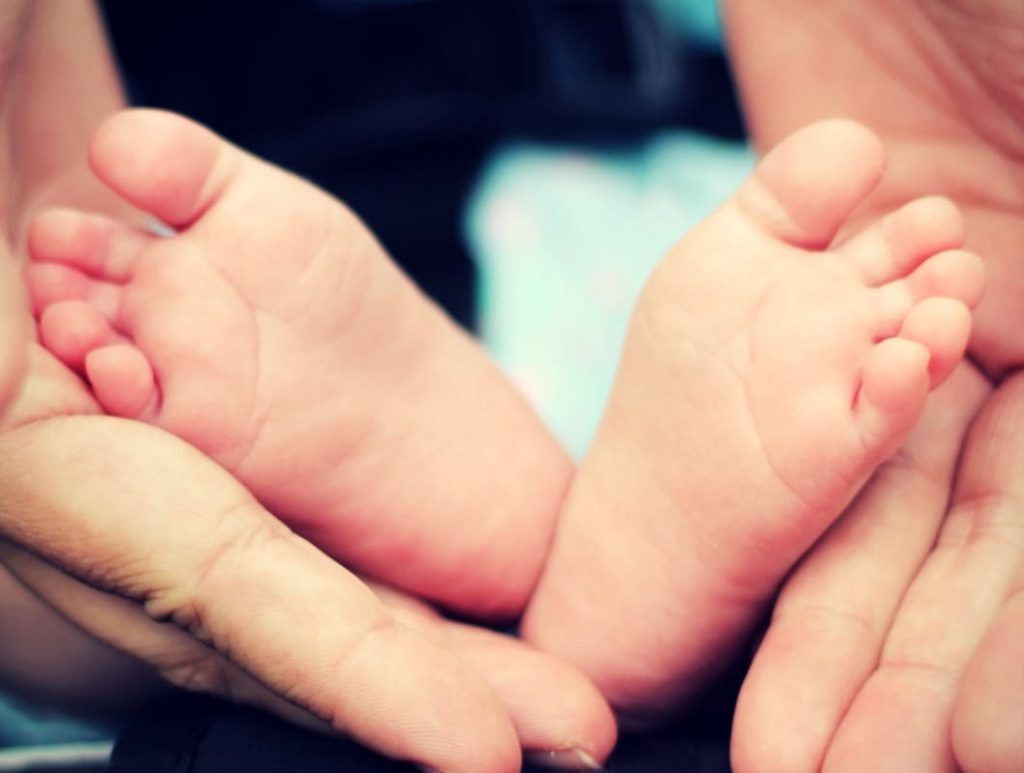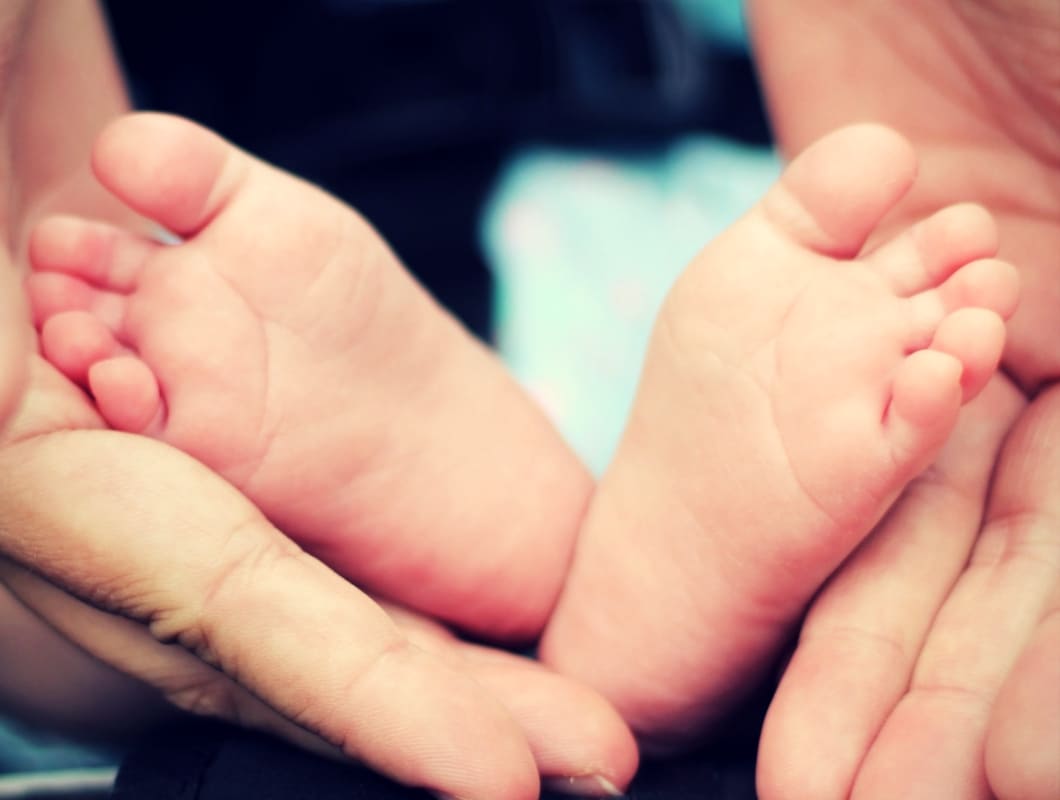A baby who has undergone circumcision Sydney is required to be properly cared for. Use mild, unscented soap with water twice daily to clean the incision area. Avoid touching the incisions after a baby eats and poos. A baby should wait at least a week after surgery before receiving baby formula or any other medication that could cause pain. The incision area should not be treated with alcohol or hydrogen peroxide.
The plastic ring that was attached to the penis head during the procedure does not stay put. Sometimes the skin that is in front of the string will stay attached for several weeks and the bell may come off. After the cut has healed, you should not put the baby into the tub. Similarly, you should use petroleum jelly on the incision site to prevent the wound from sticking to the diaper. This is the same sanitizer recommended to babies with allergies.
After circumcision, there may be a small blood spot on a baby’s diaper. Before performing the procedure, the doctor will apply anesthesia to the penis. This agent is important to minimize pain. To keep the baby’s incisions moist, the parent should keep the diaper tight. The infant should not be allowed to go into the tub until all stitches have healed. A small amount may be caused by bleeding after the circumcision. A medical professional should address this as soon as possible.
Although circumcision is a medical procedure, it is not mandatory. The procedure is voluntary and not required by law, hospital policy or religious practice. A child’s appearance may play a large role in the decision to have a circumcision. Parents should consider their son’s appearance before making the decision. Fortunately, there are many safe ways to prepare a baby for the surgery. This includes a simple checklist and a special diet.
To prevent the penis from sticking in the diaper, parents can apply petroleum jelly to the site of the incision. After the procedure, parents should use the same treatment for every diaper change. Parents should use soft cloths to cover the site of the incision. In five days, the baby will have been circumcised. A whitish yellow covering will be present for 2 to three days. This is normal healing tissue that will disappear once the circumcision has been completed.
After the circumcision, it is important to wash the child’s penis as much as possible. The cap will likely stay on for at least one week and may come off during diaper changes. To prevent infections, it is best to change the bandages regularly. In 3-10 days, the cap will be completely removed. Although it may take a few weeks for the wound to heal completely, circumcision can have an impact on a baby’s sexuality in the future.
While circumcision is a personal decision and not something that can be done by anyone, a healthcare provider can give advice about the safety of the procedure. The procedure is usually done when the baby reaches two or three weeks of age. Some cultures consider the procedure religious and have a religious significance. The circumcision ceremony is held between Abraham (Jewish culture) and God (Jewish culture). It symbolises the covenant between God & Abraham. Most babies are circumcised when they are eight days old.
The baby will be in a coma after the circumcision for a few days. The incisions are made of plastic, and may have blood-tinged bleeding. For a few days, the child will need to be covered with a diaper. The baby should be kept dry and warm for several days after the procedure. The mohel will usually circumcise a baby at least eight days of age if it is religious.
The penis will turn purple after the circumcision. The skin in front of the bell will turn black and come off with the Plastibell in about three to seven days. The incision will appear small and erect. During the first few days after the procedure, your baby may have blood-tinged drainage on his or her diaper. After the procedure, your baby will be in a diaper for at least seven days.


